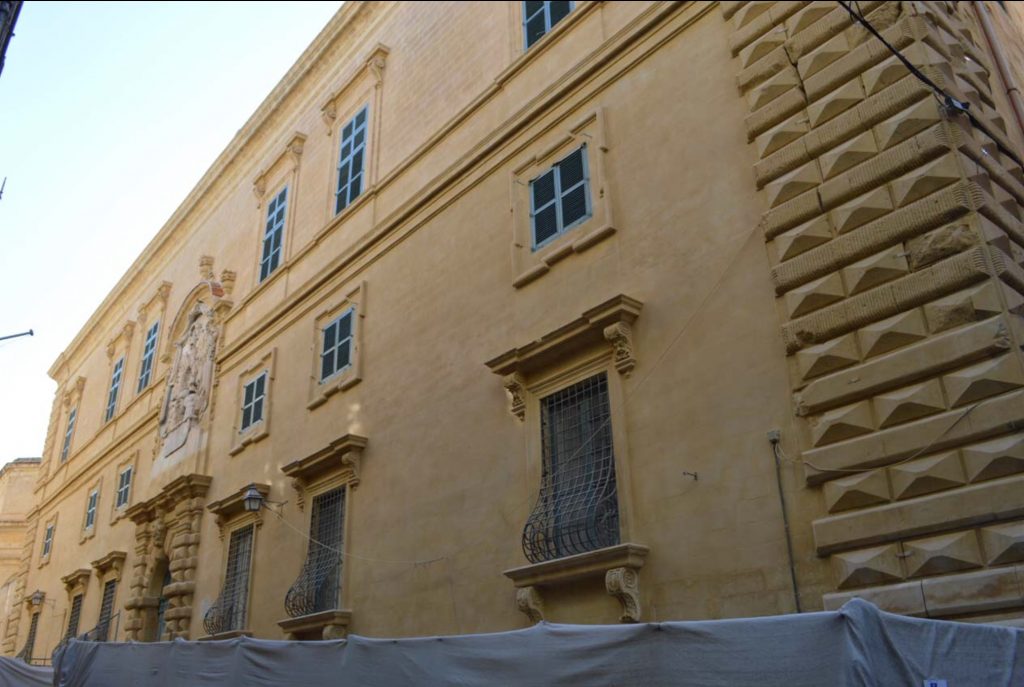Summary
– How do the efflorescences form?
– The different sources of efflorescence
– Saltpetre efflorescence
– Treating saltpeter
Before any work, efflorescence should be treated. It is a pathology that can be combined with other types of building pathology.
How do the efflorescences form?
The efflorescences or “white marks” are responsible for the detachment of paint and more rarely for the separation of facade coatings.
They may or may not have a whitish appearance, depending on soiling and pollution, and form a crystalline deposit on the facade.
The degradation of the facades’ joints can allow water to migrate into the masonry and produce efflorescence.
They are formed mainly due to the migration of soluble salts, dissolved by water, into the masonry. The water is loaded with various soluble salts such as nitrates, sulfates, especially sodium sulfate.
When water evaporates, it leaves a deposit of salts either on the masonry’s surface: efflorescence; or inside the masonry: crypto-efflorescence (the most serious).
This is how we observe streaks and whitish stains on the masonry and the coatings of the constructions.
The different sources of efflorescence

They are diverse and are correctly distinguished:
– from the salts contained in the masonry: they appear then anywhere, but are somewhat reduced and localized;
– capillary rise or infiltration at the bottom of the walls: they are exclusively localized at the bottom of the walls and form horizontal stains and horizontal whitish streaks;
– construction mortars, especially those with high cement content.
Saltpeter efflorescence
Saltpeter is a common term for a type of efflorescence that contains nitrate salt.
Saltpeter is directly related to the presence of moisture in the masonry, which contains salts.
Water dissolves the salts, and when the water evaporates, it deposits the salts on the surface, which, as they dry, make white streaks.
Before treating saltpeter, the moisture problem should be sought and solved at the source.
Note: many anti-saltpeter treatment products are as preventive as they are curative. Read and follow the instructions for the use of the products.
Treating saltpeter
This table gives you information on the different stages of saltpeter processing:
Steps |
Treatment |
Comments |
|---|---|---|
|
1 |
Brush away traces of saltpeter with a wire brush or a quackgrass brush (soft materials). |
All efflorescence must be removed but also what does not hold: flaking paint, powdered coating… |
|
2 |
|
|
|
3 |
Repair holes, cracks, degraded joints. |
Use a putty adapted to the type of surface |
|
4 |
|
|
|
5 |
|
Wait approximately 3 weeks until the treatment product is dry to apply the finish. |
If you wish, we can put you in touch with one or more façade restoration specialists. They will be able to provide you with a free, no-obligation quotation.